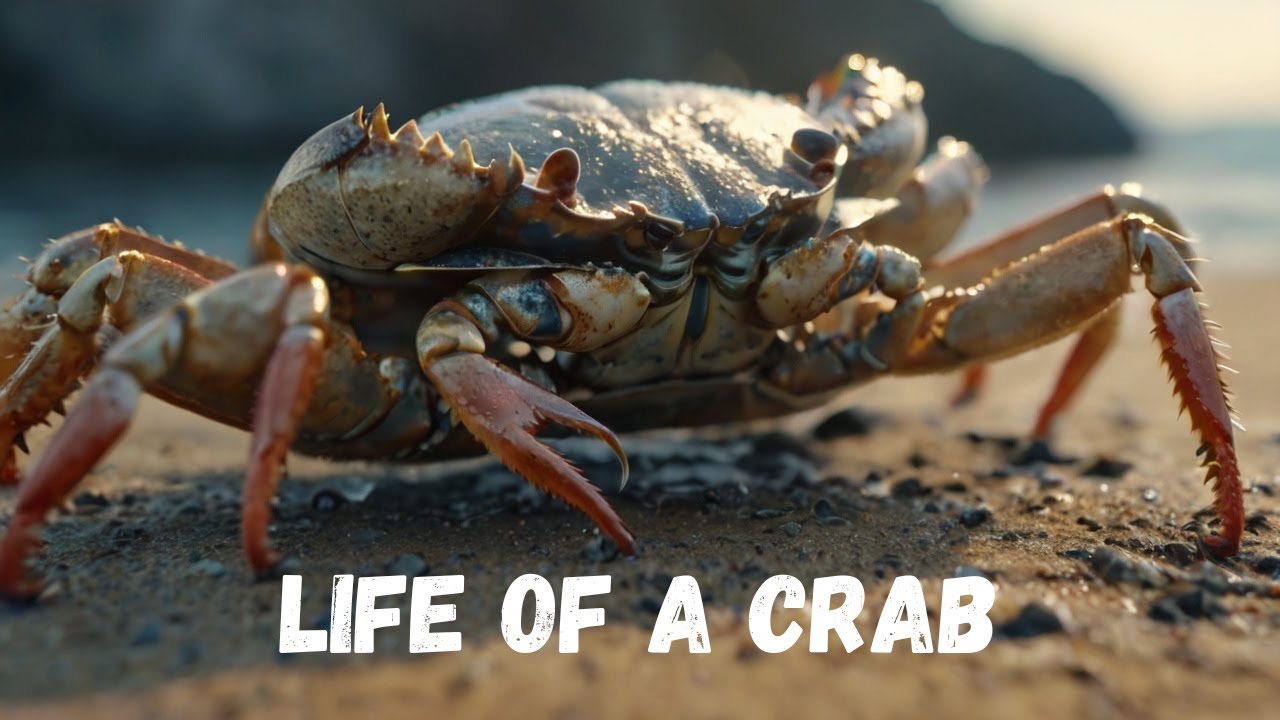Crabs, with their distinctive hard shells and powerful claws, are fascinating creatures that inhabit a wide range of marine environments. They are members of the Decapoda order, which also includes lobsters, shrimp, and crayfish.
Crab Anatomy and Biology
Crabs have a compact body composed of a fused head and thorax, known as the cephalothorax, and a segmented abdomen. Their hard exoskeleton provides protection and support. Crabs have five pairs of walking legs, with the first pair often modified into powerful claws. These claws are used for defense, capturing prey, and breaking open food.
Crabs are primarily marine animals, but some species have adapted to freshwater habitats. They can be found in a variety of environments, including rocky shores, sandy beaches, coral reefs, and the deep ocean. Crabs exhibit a wide range of behaviors, from burrowing and scavenging to hunting and social interactions.
Crab Diversity
Crabs come in a wide variety of shapes, sizes, and colors. Some of the most well-known crab species include:
- King crab: These large crabs have long, spindly legs and are prized for their meat.
- Hermit crab: Hermit crabs live in shells discarded by other animals, providing them with protection.
- Fiddler crab: Male fiddler crabs have one enlarged claw that they use for attracting mates.
- Horseshoe crab: Although they resemble crabs, horseshoe crabs are actually more closely related to spiders.
Crab Behavior and Ecology
Crabs play important roles in marine ecosystems. They are scavengers, feeding on a variety of organic matter, including dead fish, algae, and detritus. Some crabs are predators, using their claws to capture prey such as small fish, mollusks, and worms.
Crabs are also important food sources for other marine animals, including fish, birds, and sea otters. They can have significant impacts on their habitats, through their activities such as burrowing and grazing.
Crab Conservation
Many crab species face threats from habitat loss, pollution, and overfishing. Conservation efforts are focused on protecting their habitats, managing fisheries sustainably, and raising awareness about the importance of crabs in marine ecosystems.
Crabs are fascinating creatures that have captivated human imagination for centuries. Their unique adaptations, diverse behaviors, and ecological roles make them an important part of the marine world.
